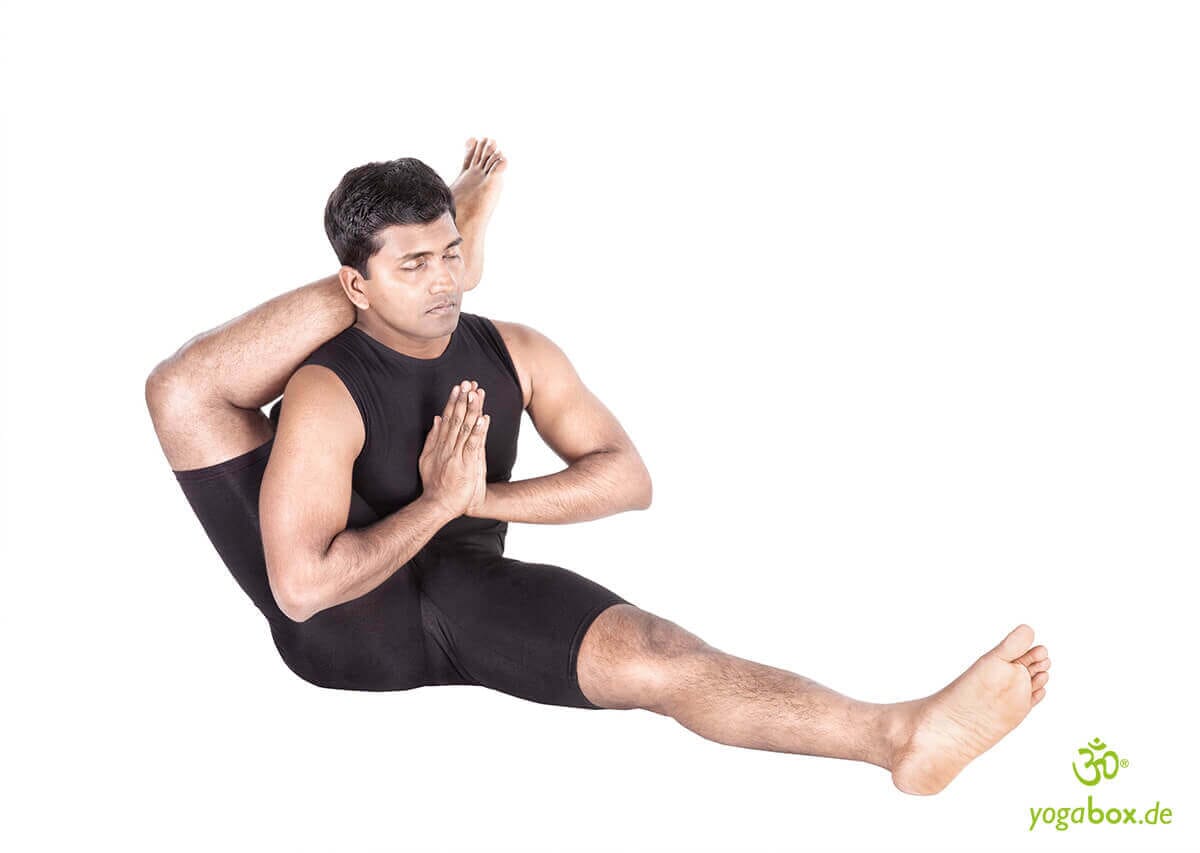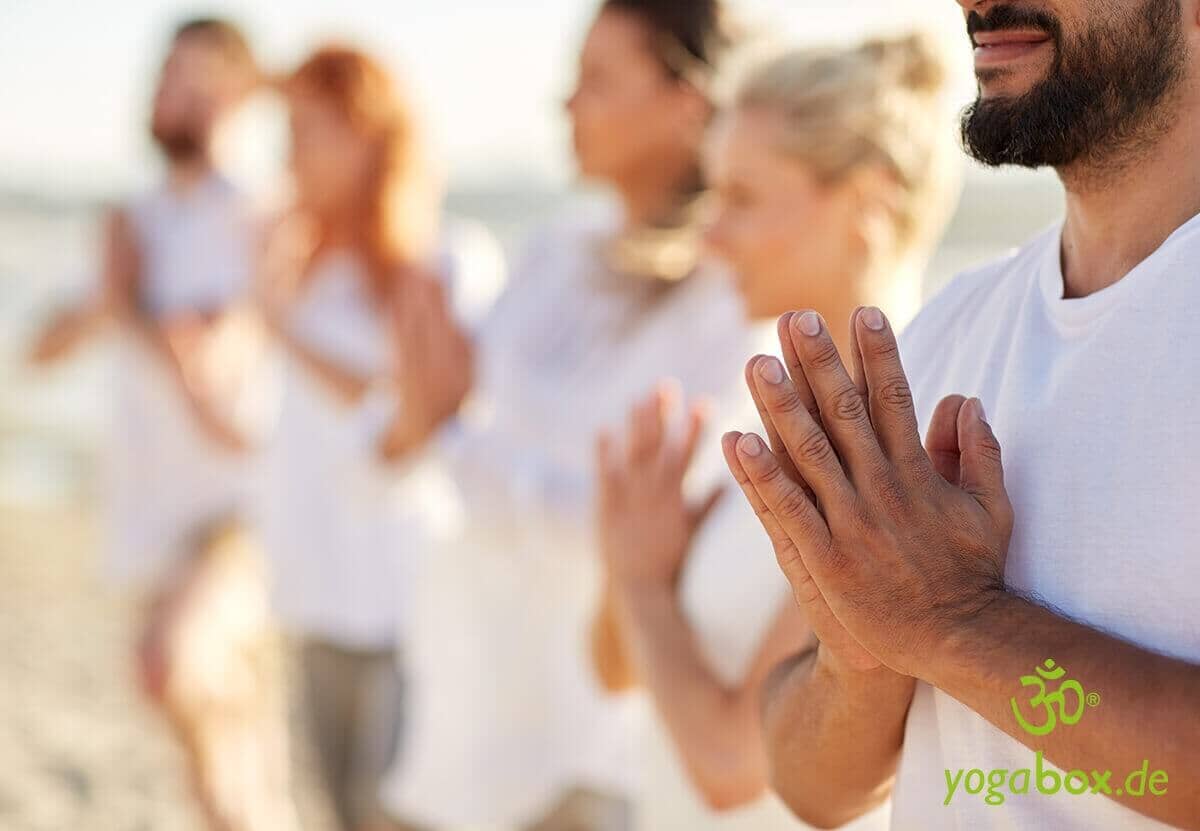The unity of body, mind and soul Yoga can be viewed as a sport or as a holistic posture. Those who engage with the philosophical aspects may find a completely new path for themselves. At its best, yoga influences the body, mind, and soul. The physical aspect ensures strong muscles, improved mobility, and supple joints. The mind becomes focused, and concentration increases. All of this is a balm for the soul, which is often agitated in stressful times and thus more easily injured, and now becomes more serene. Yoga is not a panacea for everything we encounter in life, but it can help us deal with problems more appropriately. When the mind is calmer, we find better solutions, are more creative, and alert. Choose your own path How far we go when it comes to making changes in our lives depends on each individual. Try a vegetarian diet for a while, take walks in nature, and cycle more than drive. Try to get by with fewer things. These are all possible ways to reorganize our lives in connection with yoga. There are countless others. Of course, none of this is necessary, but occasionally reconsidering the excess in our lives is a worthwhile practice. Yoga can lead to new insights. Perhaps it will also give you other ideas for relaxation: for example, a bath today, a sauna visit next weekend, a good book and a delicious cup of tea in between... Perhaps you'll change your clothing style , choose different vacation destinations, and listen more closely to your inner desires. Yoga is a form of self-care in the best sense. And so, you may find yourself taking much better care of yourself in the future than you have been in the past. Healthy and delicious food Nutrition is an important aspect. It also affects the body, as well as the mind and soul. However, everyone has different favorite foods. Some people tolerate some better than others. No two bodies are the same. Therefore, there is no one perfect diet for everyone. It's important to find out what works for you personally. This process can take some time. And if you don't want to change anything in your life right now, that's perfectly fine. Those looking for a lighter, healthier diet might be well-served by Asian cuisine. There are plenty of soups here that provide the necessary fluid intake. You can also eat until you're full without the typical bloating that comes with heavy meat dishes. Asian food is easier to digest, even when you eat dishes with duck. Furthermore, the numerous vegetables provide your body with essential vitamins and minerals. This way, you get plenty of variety on your plate and, at the same time, are close to the regional source of yoga with Asian cuisine. Of course, you can also explore and try other cuisines. How about Mediterranean food? Here, too, numerous colorful vegetables are waiting to be transformed into delicious salads and dishes. You can also enjoy healthy food with our local cuisine. Some people can't shop at the market due to time constraints or local circumstances; for others, the organic store is too expensive. If you shop at a regular supermarket or go to a discount store, you can also be careful about what you choose. Choose different varieties and a variety of colors: red tomatoes, green lettuce, and yellow peppers; orange squash, white cauliflower, and black olives... There are a wealth of delicious varieties, and each color offers special qualities and enriches your menu. Buy basmati rice with it, and don't forget the spices: salt and pepper, paprika, and curry powder are just a few examples. You'll already have many essential ingredients for a delicious meal. Do you have a favorite healthy dish? Then send it to us. We'd love to hear from you. Image © shiyali / 123rf.com



